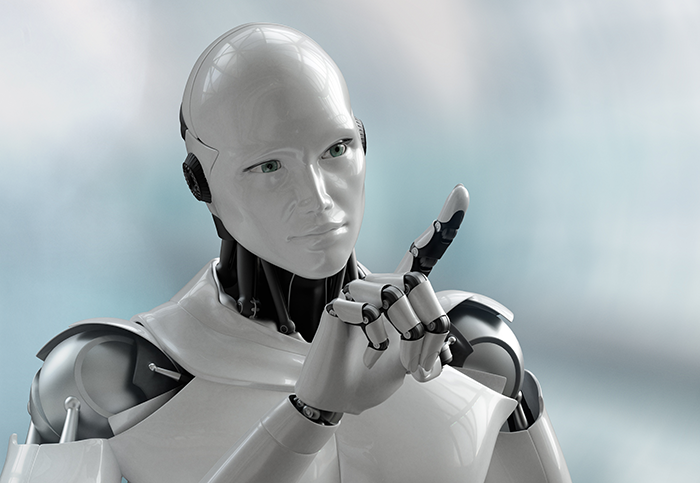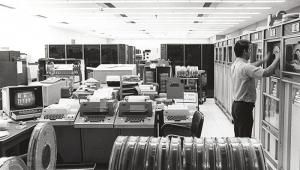
Photo: istock
I recently met someone whose children attend school via robots for one in every three terms. His family live six months of the year near a beach in Hawaii and six months in the mountains of Western Canada – it’s a great lifestyle but difficult to attend school regularly.
“Telepresence robots” were designed to allow chronically ill children to attend school virtually in real time. The pupil operates the robot from home, using a rolling camera-speaker screen to take part in lessons and a joystick to make the robot move from classroom to classroom, meet friends and join in with after-school activities.
Telepresence robots, he explained, are being used by some schools in the US but take-up is slow, mainly because of costs and concerns about student privacy in both the home and the classroom. He offered to buy the school four robots and have his boys pilot two of them to iron out the logistical and practical issues.
The Fourth Industrial Revolution train has already left the station and is beginning to make the widespread use of robotics and artificial intelligence commonplace. By 2030, robots or smart machines are forecast to have an IQ higher than 99% of humans. The Bank of England estimates that, by then, up to 15 million jobs in Britain – almost half – will be at risk of being lost. Self-driving vehicles, smart factories and “chat bots” will hollow out the market for mental and physical labour, and further widen the gap between rich and poor.
The Reform think-tank estimates that perhaps 250,000 public sector workers could lose their jobs to robots over the next 15 years, including up to 90% of Whitehall’s administrators and tens of thousands in the NHS. The McKinsey consulting group says that technology could automate 45% of work tasks and that about 60% of occupations could see 30% or more of their activities automated.
Will public sector bodies become architects by anticipating some of these changes or victims? Could we, for example, reduce costs and improve services in health and social care by using machines to interpret x-rays and scans more accurately and faster than humans, and using robotic beds and skeletal frames to give people greater autonomy? Could care be delivered using “social robots”, videoconferencing and remote monitoring?
We need to look at what robots can do better, as well as the context, and focus people on the things that humans do best. Robot cleaners could help physically disabled people but might be totally inappropriate in care homes for people with dementia. While jobs such as doctors, nurses, teachers and police officers require empathy and personal interaction, AI and robotics could affect even these roles by carrying out monitoring and initial screening.
We need to think about the future social consequences. How do we develop a more skilled workforce that leverages and complements the power of AI and robotics? How do we handle and support the large parts of the workforce that may be displaced? For most people, work is more than a source of income – it’s also about role, contribution, dignity and identity. How will these changes affect cities, communities, industries and regions?
Will robotics allow you to spend six months on the beach with your kids? Will you be managing a highly automated workforce? Or will you just be replaced?




















